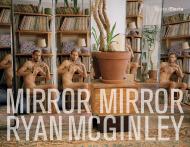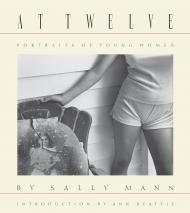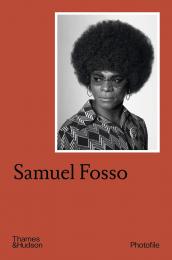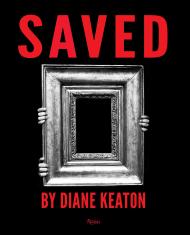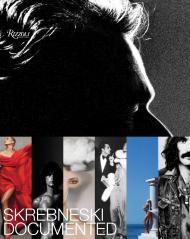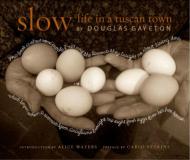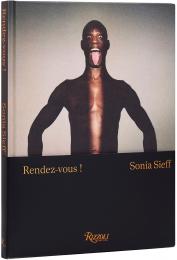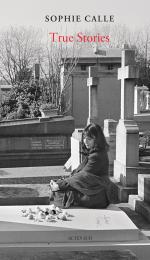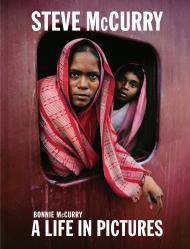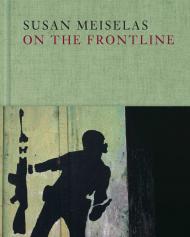Ryan McGinley, one of the most important photographers of his generation, asks his friends and colleagues to take the camera into their own hands. Following instructions given to them by the artist, a group of individuals explore their
own image.
Ryan McGinley, since the earliest days of his unparalleled career, has chronicled his friends and cohorts. Whether on the now legendary annual road trips he has organized with a large coterie of twentysomethings documenting summertime exploits or documenting the early gritty years in downtown New York, McGinley is known as the consummate storyteller about freedom and abandon of youth. A few years ago, however, he wanted to challenge his creative habits and asked more than one hundred of his friends and colleagues -- guided by detailed instructions and a camera given to them by the artist--to take nude self-portraits using mirrors and other props. Though related to the ubiquitous selfie, the participants didn't have the benefit of seeing the image before they clicked the shutter. Furthermore, McGinley would make the selection of the final image to represent the photo session. The experiment yielded scores of intimate and psychologically revealing photos that--even though not done by his own hand--bear some signature McGinley flourishes in their emotional depth and resonance.
About the Author:
Ryan McGinley is a New York-based artist who was raised in New Jersey. After moving to the city, he began extensively photographing in the East Village. At the age of twenty-five, he became the youngest artist to have a solo show at the Whitney Museum of American Art. Over the last ten years, McGinley has traveled continuously throughout the United States to create work that incorporates nude figures active within the American landscape. McGinley frequently has solo gallery and museum exhibitions around the world. His work is included in the prestigious collections of The Solomon R. Guggenheim Museum, New York; the San Francisco Museum of Modern Art; and the Smithsonian National Portrait Gallery, Washington D.C., among many others. Ariana Reines is a poet, playwright, performing artist, and translator.
